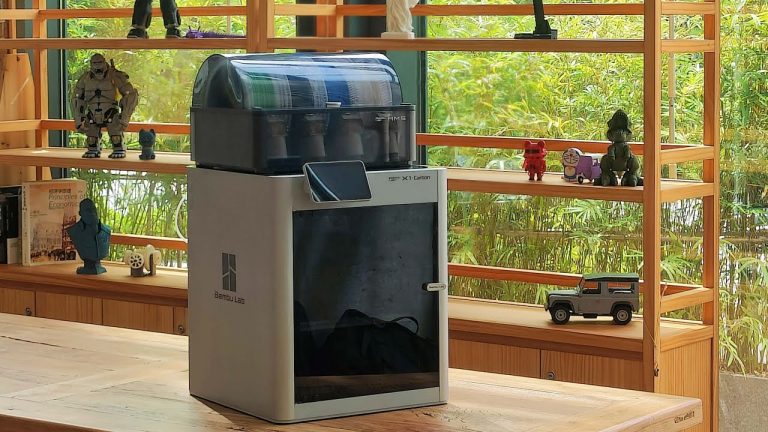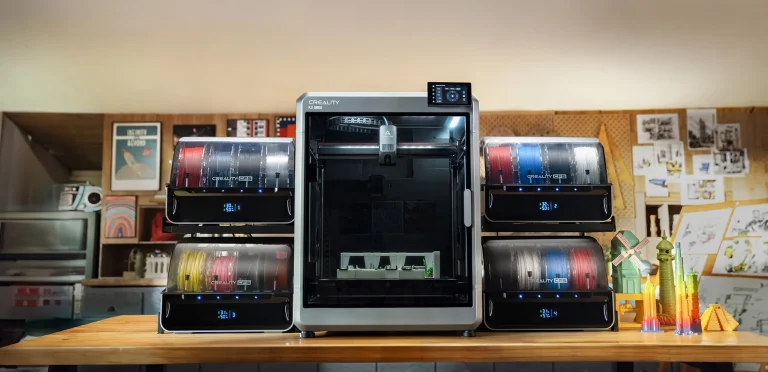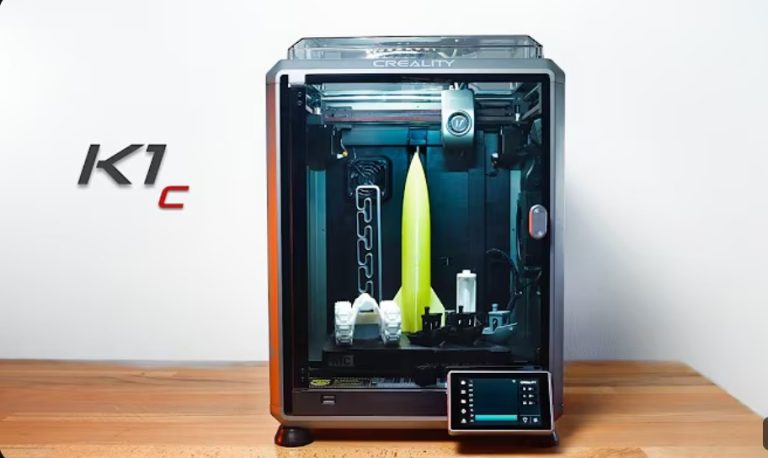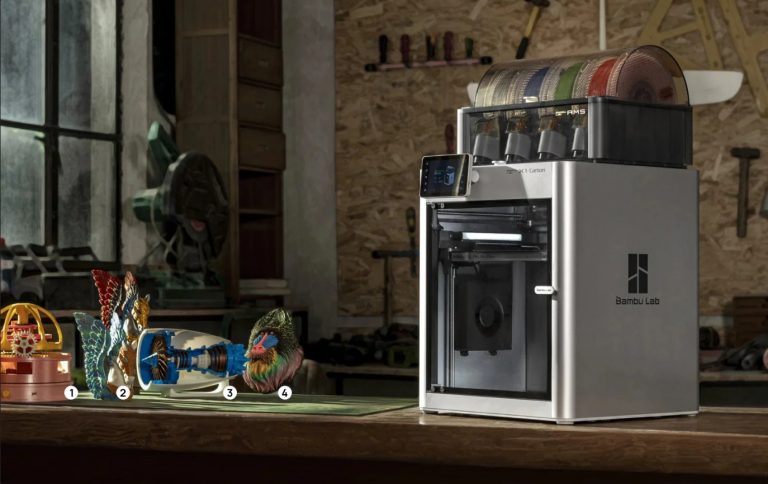
Meta Description: New to 3D printing? Learn how to successfully complete your first 3D print—from choosing the right printer to slicing, troubleshooting, and more. Beginner-friendly with real printer examples like the Creality Ender 3 V3 and Anycubic Kobra 2.
Table of Contents
- Introduction to 3D Printing
- What You Need to Get Started
- Choosing Your First 3D Printer (Top Picks in 2025)
- Setting Up Your 3D Printer
- Finding or Creating a 3D Model
- Slicing: Preparing Your File for Printing
- Printing: Step-by-Step First Print
- Troubleshooting Your First Print
- Post-Processing Basics
- Beginner Mistakes to Avoid
- Final Thoughts
1. Introduction to 3D Printing
3D printing, or additive manufacturing, allows you to create physical objects from digital designs. It’s increasingly popular among students, hobbyists, engineers, and designers for prototyping, customization, and rapid fabrication.
If you’re reading this, you probably have a new printer (or are planning to get one), and you’re wondering how to complete your first print the right way—without failed attempts, spaghetti messes, or damaged components.
This guide is your comprehensive walk-through, built for 2025 beginners. Let’s jump in.
2. What You Need to Get Started
Before you make your first print, make sure you have:
- A 3D Printer (e.g., Creality Ender 3 V3, Anycubic Kobra 2, or Prusa MK4)
- Filament (most beginners start with PLA)
- Slicing software (like Cura or PrusaSlicer)
- A 3D model file (.STL or .OBJ)
- A computer or SD card
- Basic tools (scraper, tweezers, Allen keys)
Optional but helpful:
- Digital calipers
- PEI or glass bed upgrades
- Enclosure for ABS/TPU printing
3. Choosing Your First 3D Printer (Top Picks for 2025)
Here are 3 excellent beginner-friendly 3D printers in 2025:
1. Creality Ender 3 V3 SE
- Price: ~$199
- Build Volume: 220 x 220 x 250mm
- Why it’s great: Affordable, modular, excellent community support. Auto bed leveling in the V3 SE makes setup easier for beginners.
2. Anycubic Kobra 2 Neo
- Price: ~$239
- Build Volume: 250 x 220 x 220mm
- Why it’s great: Fast printing speeds up to 250mm/s. Simple UI and mesh auto-leveling built-in.
3. Prusa MK4
- Price: ~$799
- Build Volume: 250 x 210 x 220mm
- Why it’s great: Best-in-class reliability, superior software integration, excellent print quality. Ideal if you want to skip troubleshooting.
4. Setting Up Your 3D Printer
- Unbox carefully: Check all included parts.
- Assemble per the manual: Some printers come mostly pre-assembled.
- Check bed leveling: Manual or auto, this is critical for first layer success.
- Load filament: Preheat the nozzle, then feed PLA into the extruder.
- Perform a test print: Most printers include a sample file on the SD card.
Pro Tip: Watch YouTube unboxing/setup videos for your specific model.
5. Finding or Creating a 3D Model
Start with a free model from:
Look for models tagged as “Beginner,” “No Supports,” or “Easy Print.”
If you want to design your own:
- Use Tinkercad (easy and free online tool)
- Upgrade to Fusion 360 or Blender as you gain experience
6. Slicing: Preparing Your File for Printing
Slicing converts your 3D model into instructions your printer can understand.
Step-by-Step:
- Open Cura (or your preferred slicer)
- Import your STL file
- Choose your printer profile
- Set material (PLA), layer height (0.2mm is good), infill (10–20%)
- Add supports if needed (for overhangs > 45°)
- Preview layers and export the G-code file to an SD card or USB
Pro Tip: Save your profile once you find a setup that works—tweaking is part of the journey.
7. Printing: Step-by-Step First Print
- Insert the SD card into the printer
- Use the printer’s interface to select and start the print
- Watch the first few layers print (critical for adhesion and errors)
- Let the print finish (avoid touching it during printing)
- Once done, allow the bed to cool
- Use the scraper to gently remove your print
8. Troubleshooting Your First Print
| Problem | Cause | Solution |
|---|---|---|
| Nothing extrudes | Clogged nozzle or filament not loaded | Preheat and reload filament |
| First layer won’t stick | Bed not level or too far | Re-level bed or adjust Z offset |
| Warping corners | Bed not hot or drafty room | Use glue stick or enclosure |
| Stringing | Too hot or retraction off | Lower nozzle temp by 5–10°C |
| Gaps or weak parts | Under-extrusion or low infill | Check filament path and increase infill |
Helpful Tools:
- Bed leveling sheets
- Calibration cubes
- Test prints (e.g., 3D Benchy)
9. Post-Processing Basics
Once printed, you can:
- Remove supports: Use pliers or flush cutters carefully
- Sand or file: Clean up rough edges
- Paint: Use acrylics after priming
- Glue parts together: Superglue or epoxy
Advanced methods include vapor smoothing (for ABS) or resin coating.
10. Beginner Mistakes to Avoid
- Skipping bed leveling: Always level before printing
- Using poor-quality filament: Invest in good brands like eSun, Overture, or Prusament
- Ignoring safety: Don’t leave your printer unattended for long prints
- Printing too fast: Start slow and adjust as you gain experience
- Not calibrating: E-steps and PID tuning can dramatically improve print quality
11. Final Thoughts
Completing your first 3D print is exciting—and maybe a little intimidating. But with the right printer, proper setup, and realistic expectations, you’ll go from novice to maker in no time.
Stick with it. Every failed print is a learning opportunity, and the 3D printing community is full of support.
Remember: Start simple, print often, and tweak as you go.



